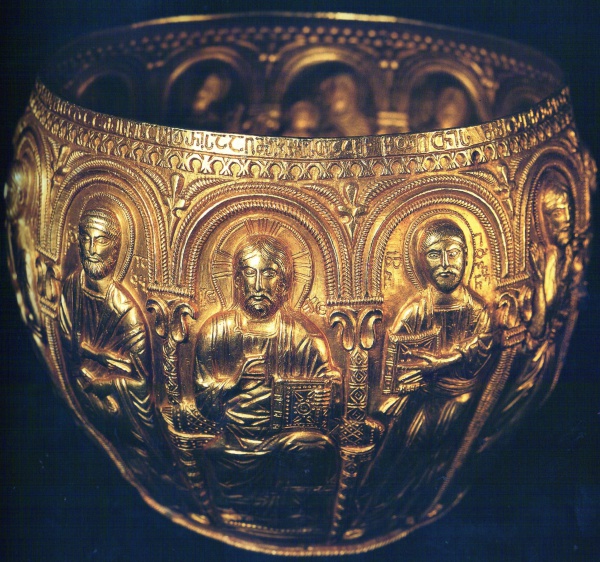Facts About Bedia Chalice
The Bedia Chalice is a magnificent example of medieval Georgian goldsmithing, crafted from ducat gold and intricately adorned. Created around 999 AD, it was commissioned by King Bagrat III for the Bedia Monastery in Abkhazia. Today, only the bowl of this remarkable vessel survives, and it is proudly displayed at the Georgian National Museum in Tbilisi.
This chalice was originally a gift from King Bagrat III and Queen Gurandukht to commemorate the completion of the new church at Bedia. Although the base of the chalice was lost over time, it was restored in the 16th century under the supervision of Germane Chkhetidze, the Metropolitan Bishop of Bedia. Despite the challenges it faced, the bowl was safely relocated to Tbilisi in 1930 to ensure its preservation.
Standing 14 cm high and equally wide, and weighing 752 grams, the bowl of the Bedia Chalice is crafted from a single sheet of gold, featuring intricate repoussé work. The vessel is adorned with depictions of Christ Pantokrator, the Virgin Hodegetria, and ten apostles, with their names inscribed in both Greek and Georgian. The chalice's design beautifully blends Georgian decorative elements with Byzantine artistic influences, yet it retains its unique and monumental character.

 Armenia
Armenia